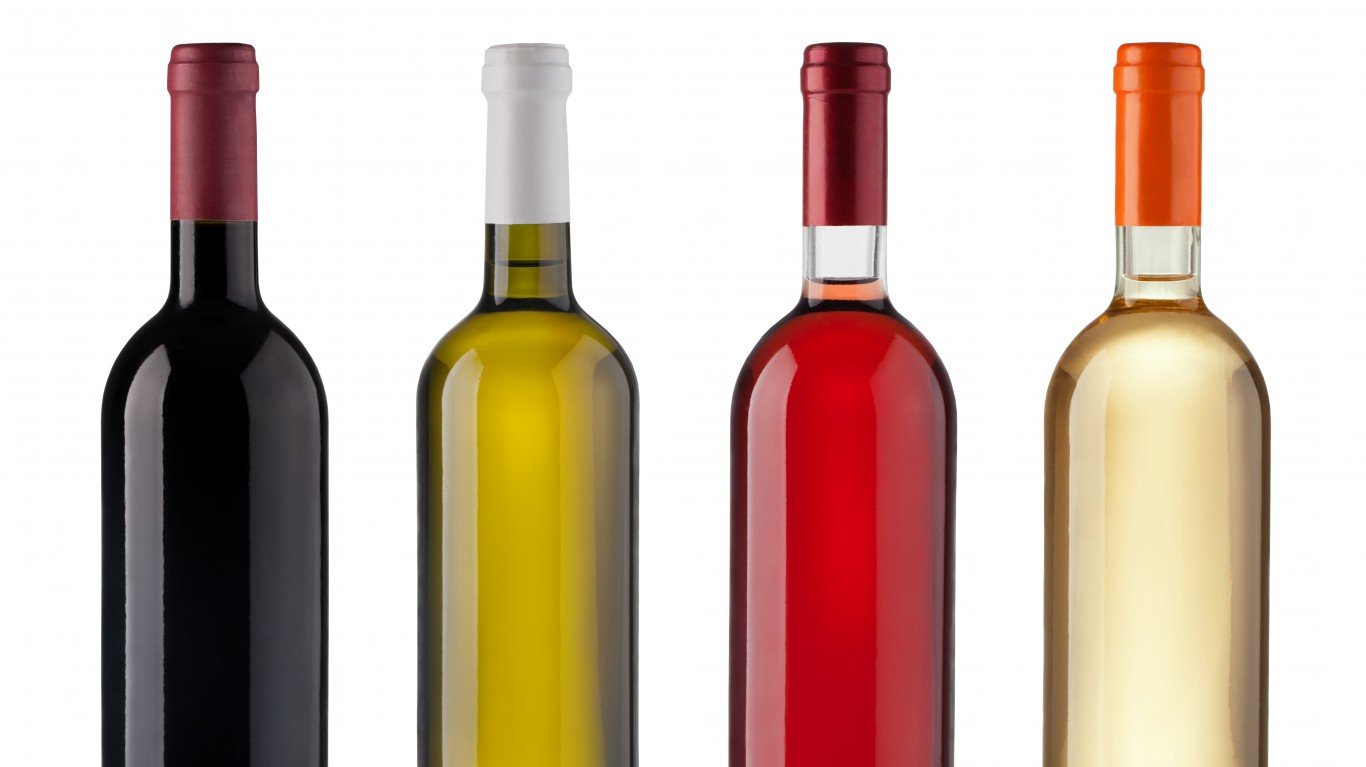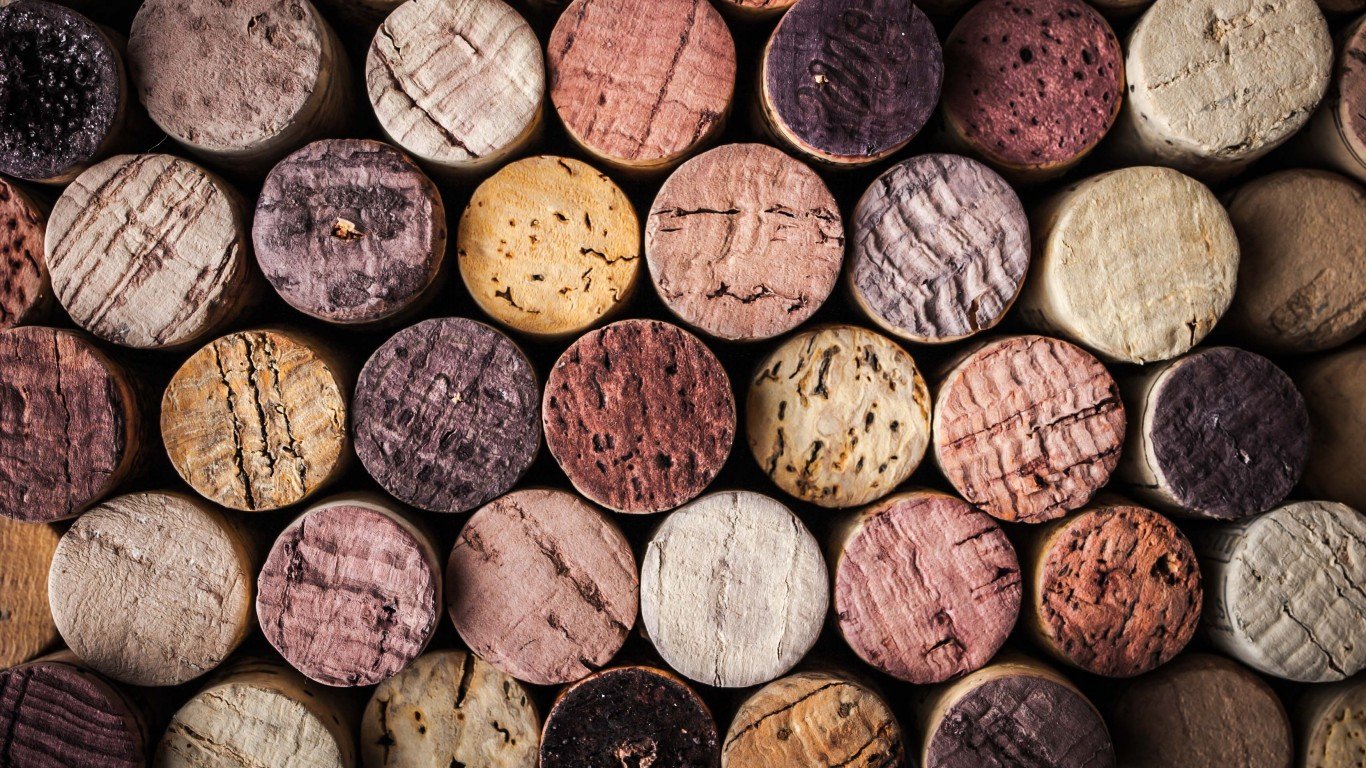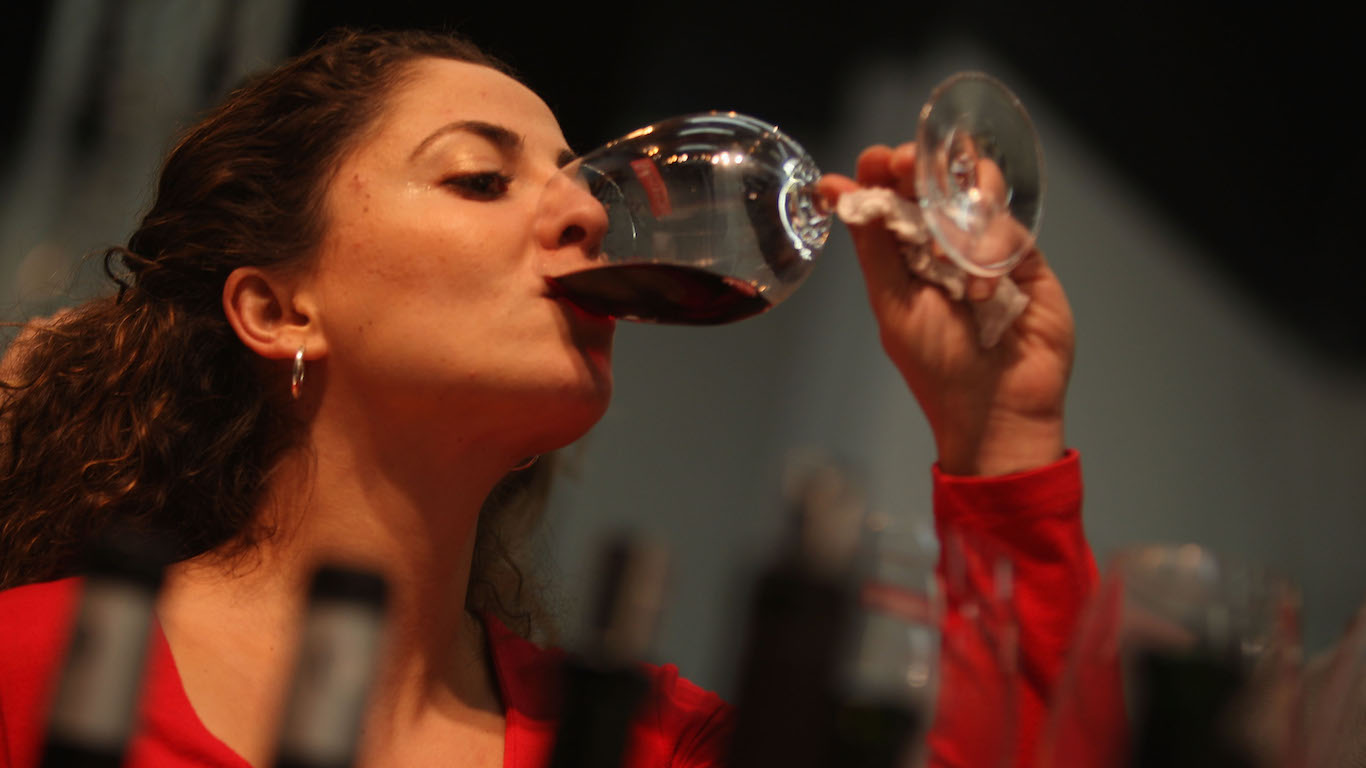There are said to be more than 10,000 different wine grape varieties grown around the globe. And according to wine commerce site Wine-Searcher, as it reported last summer, its files alone include some 563,000 distinct wines from 89,000 different producers and retailers worldwide.
It’s doubtful that the site’s catalogue is anywhere near complete. Clearly, even the most dedicated wine lover, then, is likely to encounter only a fraction of what’s available, even in a lifetime of diverse wine drinking.
How can the consumer know which of the many, many wines out there are actually worth buying — which ones are really good?
There is no shortage of advice available. Reviews and scores (often on a 100-point scale) are published by such publications as the Wine Advocate (started by Robert Parker, considered the world’s most influential wine critic), Wine Spectator, and Wine Enthusiast, as well as countless wine newsletters. More general food websites and magazines have wine columns of their own. Crowd-sourced reviews on sites like Delectable and Vivino add to the mix.
These can all be useful, but ultimately all they reveal is what somebody else thought of a wine — and the opinions are by no means unanimous.
Fortunately, there are some basic criteria that can help anyone assess wine quality without scores and reviews.

1. What does the bottle look like?
If a wine bottle in a shop has dust on its shoulders, it has probably been stored standing up for a long period. This might mean that the cork has dried out and let oxygen seep into the bottle, which can oxidize the wine — giving it an unpleasant odor and flavor. On the other hand, if a bottle stored on its side doesn’t look quite full when it’s upright, wine might have leaked out, again possibly causing the wine to oxidize. Neither factor is a consideration, incidentally, with wines sealed with screw caps — increasingly common even for the good stuff.

2. Where does the wine come from?
Wine is made in every U.S. state and in more than 75 countries around the world. Sometimes, wines from unexpected places can be very good (Champagne-style sparkling wines from England have actually bested true Champagne in tastings, for instance). For the novice wine-buyer, however, a good rule is to stick to places that have long been known for high-quality wines (the list would begin with France, Italy, Spain, Portugal, Germany, Austria, California, Washington, Oregon, New York, South Africa, Australia, and New Zealand). A Maltese chardonnay or Ethiopian merlot might be perfectly good, but unless you’ve got a budget for experimentation, why take a chance?

3. How does the cork smell?
As noted, screw caps are becoming more and more prevalent. About two-thirds of what’s bottled is still cork-finished, though. Corks have been used to seal bottles since the 18th century, but they have a problem: It is estimated that between 1% and 5% of cork-sealed wine bottles are “corked,” meaning that they’ve developed an aroma often likened to wet newspaper or a moldy basement. The culprit for this so-called cork taint is a chemical compound called 2,4,6-trichloroanisole — TCA for short — which can be conveyed into the wine by contaminated corks (it can also come from winery hoses, barrels, and elsewhere). That’s why sommeliers in fancy restaurants proffer corks to diners before pouring the wine. If the cork smells funky, the wine almost certainly will too (and it’s okay to send it back).

4. How does the wine look in the glass?
Once the wine is poured, its appearance can reveal more about it. Whatever its color, it should be clear, not cloudy. (Wines described as “natural” or “biodynamic,” meaning that they’re minimally processed, are sometimes an acceptable exception.) A white wine that’s dark yellow or brownish-yellow color might be oxidized or maderizes (maderization is a form of oxidation, often due to exposure to heat).

5. Does it smell bad?
Cork taint and oxidation are only two elements of a wine’s aroma. Two more faults that show up in what wine-tasters call the “nose” include the rotten-egg or skunky smell of sulfur compounds, either added to the wine to stabilize it or occurring naturally during fermentation. The good news is that if it’s not extreme this character will usually largely dissipate 15 or 20 minutes after the bottle is opened. Then there’s volatile acidity, a vinegary acetic acid aroma that is sometimes unintentional but sometimes introduced by the winemaker as a way of adding complexity. If indeed it is intentional, the only solution is to simply avoid the wine.

6. Does it smell good?
Sometimes a wine that doesn’t smell bad, for any reason, just doesn’t smell like much of anything at all. Wine-tasters would say that the nose is “closed in.” Most sound wines, though, have a pleasant aroma or nose. This is often just the smell of the principal grape variety used, especially in young wines. (The aroma of sauvignon blanc, for instance, is typically reminiscent of grapefruit and/or peaches; sangiovese, the main grape of Chianti, smells like violets.) Oak aging can add more complexity to the aroma, and as the wine ages and various compounds in the wine develop, fade, or knit together, it develops what is called a “bouquet.” This is when wine really starts to smell like wine and not just fermented grape juice — and also where all those sometimes silly-sounding wine-tasting analogies come in, in which bouquet is said to suggest mushrooms, shoe leather, cigar box, chocolate, etc.

7. How’s the mouthfeel?
As the term itself suggests, mouthfeel is about the way the wine feels in your mouth. It’s about the texture of the wine. Is it light or heavy on the palate? Does it have a pleasing roundness or body — primarily the result of a compound called glycerol? Is it rough or smooth, puckery or bland or something in between? Does the flavor of the wine stay in the mouth for half a minute or more — the quality of having a long or persistent finish (good wines rarely have short ones).

8. How does it taste?
Speaking of flavor, how does it taste? No wine-tasting terms are required here. Picking apart the elements of wine flavor can be fun, but it isn’t necessary, any more than trying to divine the recipe when you taste a sauce you like is. The most useful descriptor here is just something like “Delicious!”

9. Is it well balanced?
For experienced wine lovers, this is an extremely important criterion: Are all the elements of a wine — acidity, tannins, glycerol (see above), alcohol, fruit, oak flavor, etc. — in harmony with one another, or does one or more stand out? Too much tannin, for instance, gives your mouth a cottony feel (that’s tannin when you bite into an unripe persimmon); too much alcohol feels “hot” and sharp. As in so many things, equilibrium is key, and even novices will probably like a well-balanced wine better than one that’s out of whack, even if they can’t articulate exactly why.

10. How much does it cost?
This is a very important factor that is not always cited by wine experts in assessing a wine’s quality. It’s important to remember that really expensive wines — that $3,700 bottle of Screaming Eagle Napa Valley Cabernet Sauvignon, or $4,800 bottle of Domaine de la Romani-Conti Montrachet — good though they are, command those prices not for quality alone but for their rarity and the bragging rights that come along with being able to afford them. It’s also important to remember that while a $50 wine might be better than a $10 one, it isn’t necessarily five times better. If prestigious labels aren’t important, it’s perfectly possible to find very nice wines for $10 to $15, and really good ones for $15 to $25. There’s nothing wrong with spending more than that if the budget permits, but spending a lot of money on a bottle that turns out to be merely okay takes a lot out of the enjoyment of the wine.

11. Do you like it?
Taste in wine, like taste in restaurants or movies or just about anything else, is highly subjective and can be affected by all kinds of factors, including experience, mood, and expectations. Ultimately, though, only one thing matters — not the way the wine looks or smells or tastes, not mouthfeel or balance or anything else. How can you tell if a wine is really any good? If you like it, it is.
